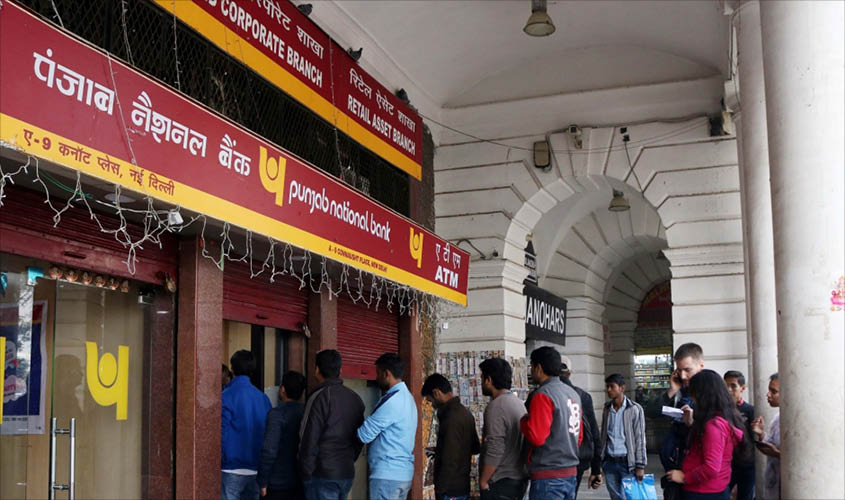The findings of a report, prepared by the Indian Statistical Institute (ISI), Kolkata, on the basis of which officials of the Ministry of Finance and Reserve Bank of India (RBI) had convinced Prime Minister Narendra Modi to go for demonetisation, seem to be “inaccurate” in its assessment regarding the quantity and value of black money in circulation in India.
The study report, presented to Prime Minister Modi in February 2016 by the officials, along with the top officials of the Prime Minister’s Office (PMO), had stated that the overall quantum of fake Indian currency notes (FICNs) in the country was around Rs 400 crore during 2011-12 to 2014-15 and the overall rate of occurrence of FICN was estimated to be about 250 pieces per million.
However, as per the Ministry of Finance’s own admission in the Lok Sabha in August this year, the FICNs that were eventually detected post-demonetisation in November 2016 were only 22 pieces per million notes, and not 250 pieces per million as the ISI had stated in its report.
Also, the government stated in Parliament that the total value of fake Indian currency notes that was detected post demonetisation was only Rs 11.23 crore, and not Rs 400 crore as stated in the report.
This has led to questions whether the experts in the Ministry of Finance and the RBI did adequate research and adopted due diligence before relying on this report and push for the demonetisation exercise.
The government, in its 27-page affidavit filed in the Supreme Court post demonetisation, too, had relied on the content of this report and had stated that one of the main reasons for demonetisation of over Rs 14 lakh crore was to flush out counterfeit currencies estimated to be Rs 400 crore, a figure which was based on this very study report carried out by the ISI.
The content of this “super secret” report , which was leaked to a certain section of the media a few months before demonetisation was announced, had laid down the ground work for the exercise pushed by the bureaucrats.
In their presentation to the Prime Minister, these officials, quoting this very report, had stated that each year, FICNs worth Rs 70 crore are being pushed into the Indian economy.
In an article titled “Officials advised PM Modi to ban 85% of India’s currency” published in November 2016, this newspaper had written that the Prime Minister had accepted the recommendation of his Principal Secretary, Revenue Secretary and the RBI Governor to immediately disallow circulation of the now-defunct Rs 500 and Rs 1,000 notes.
The latest figures released by the Ministry of Finance show that the problem of FICNs in the economy continues to flourish.
In July this year, the ministry had stated that a total number of 5,20,534 FICNs, amounting to more than Rs 39 crore in old and the new notes have been seized by the police between November 2016 and May 2018.
In the one-year period between November 2016 and December 2017 alone, the security agencies had seized 39,604 fake notes of Rs 2,000 denomination and 74,155 fake notes of Rs 500 denomination.

